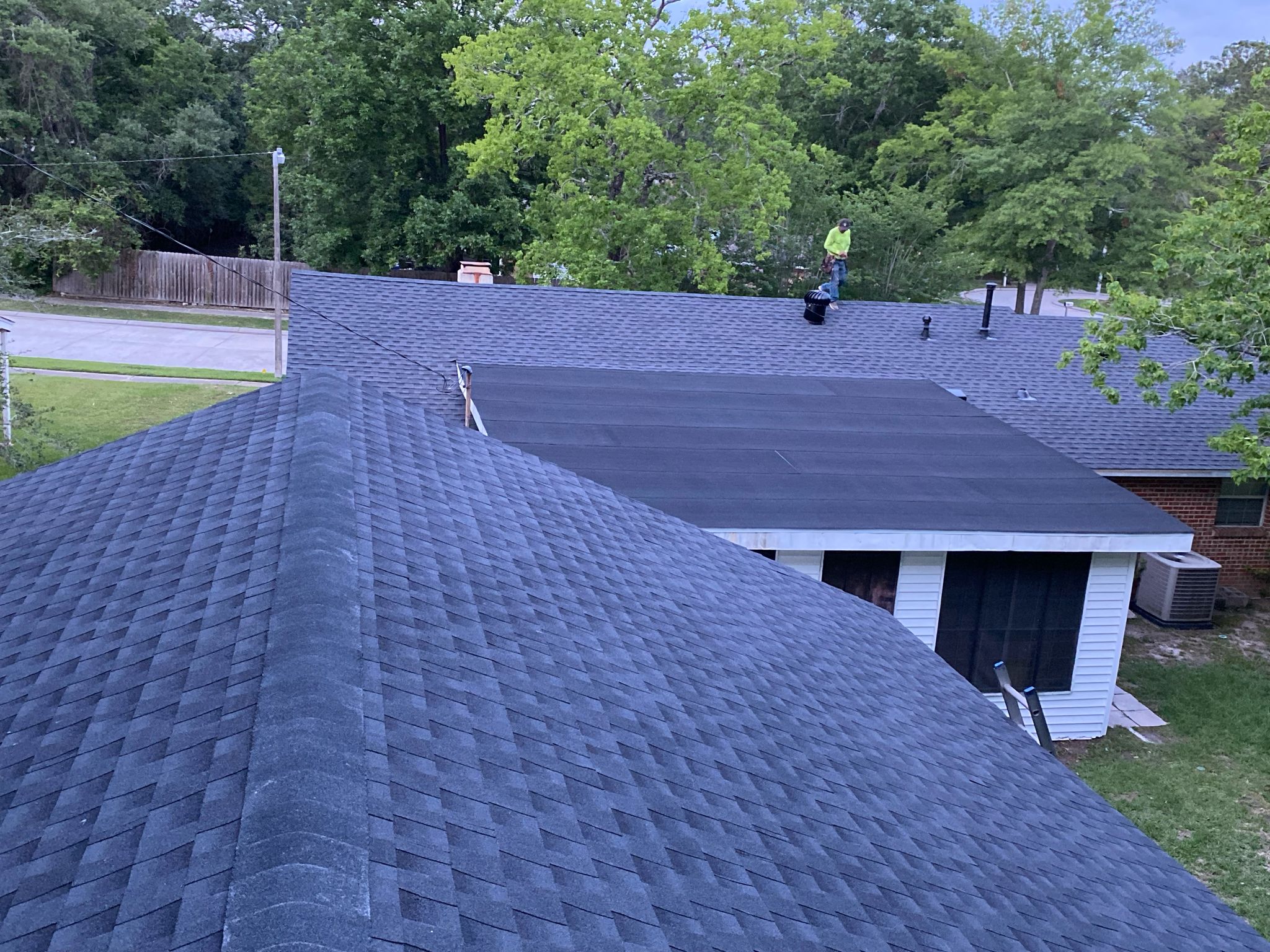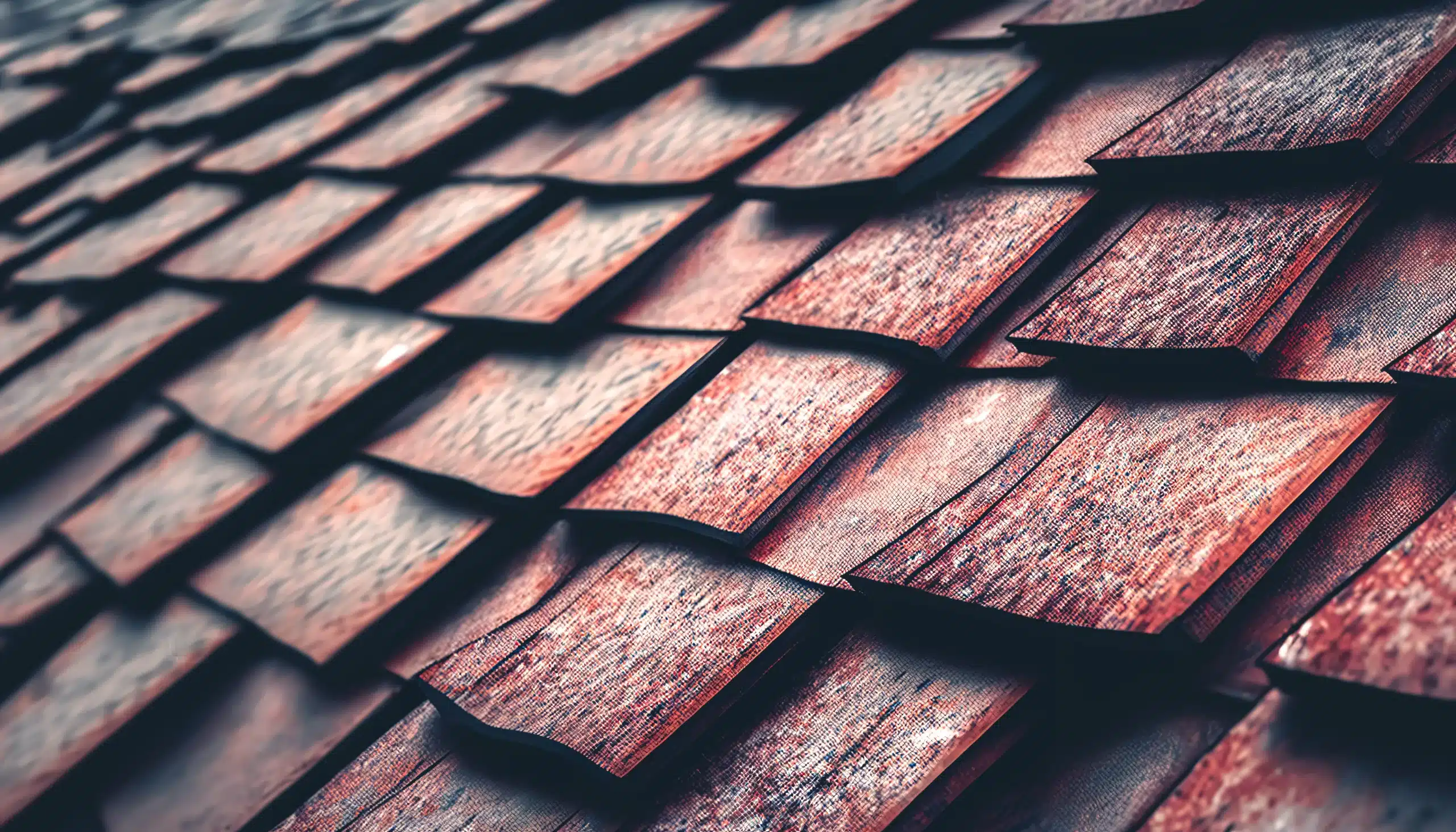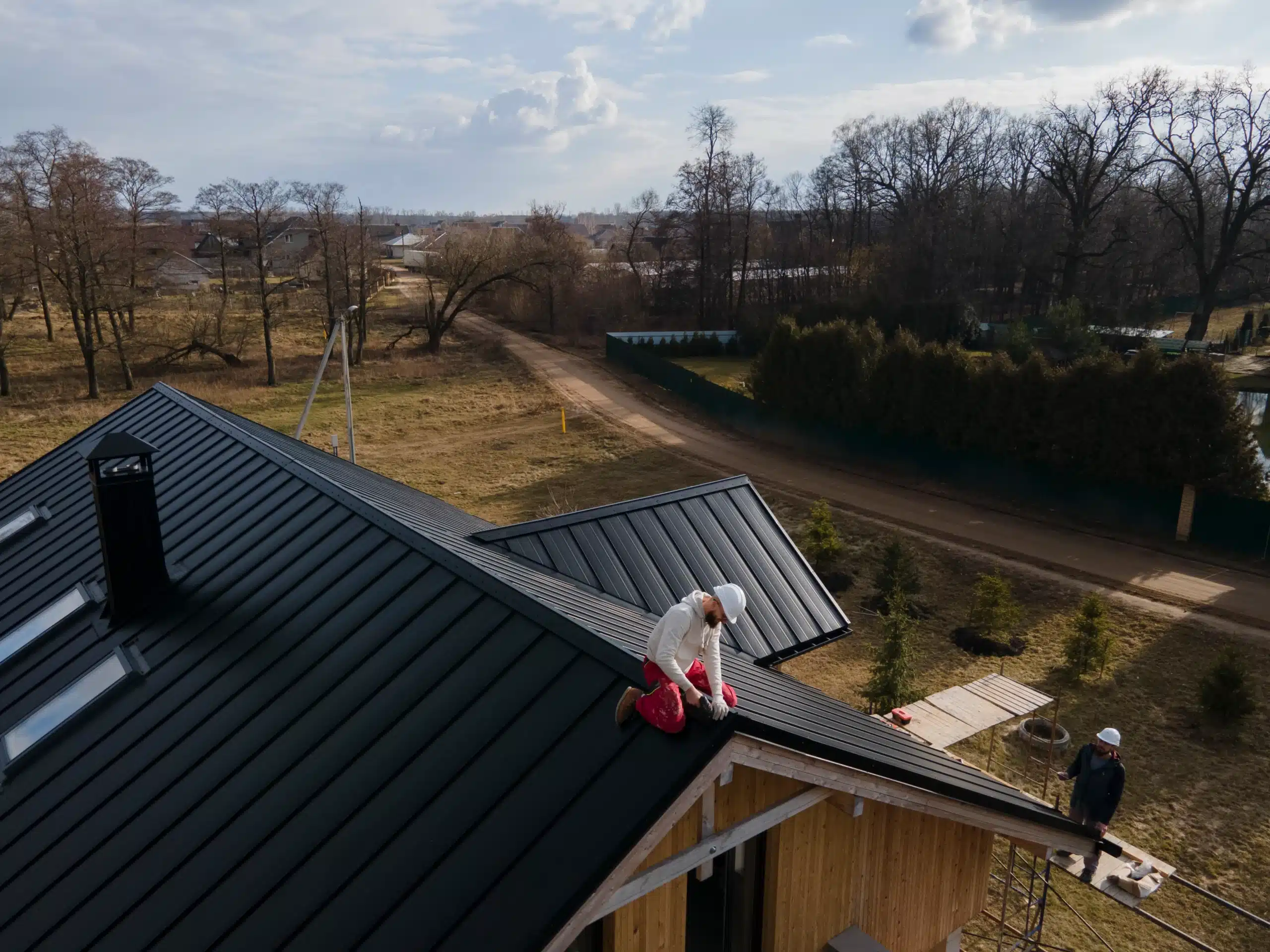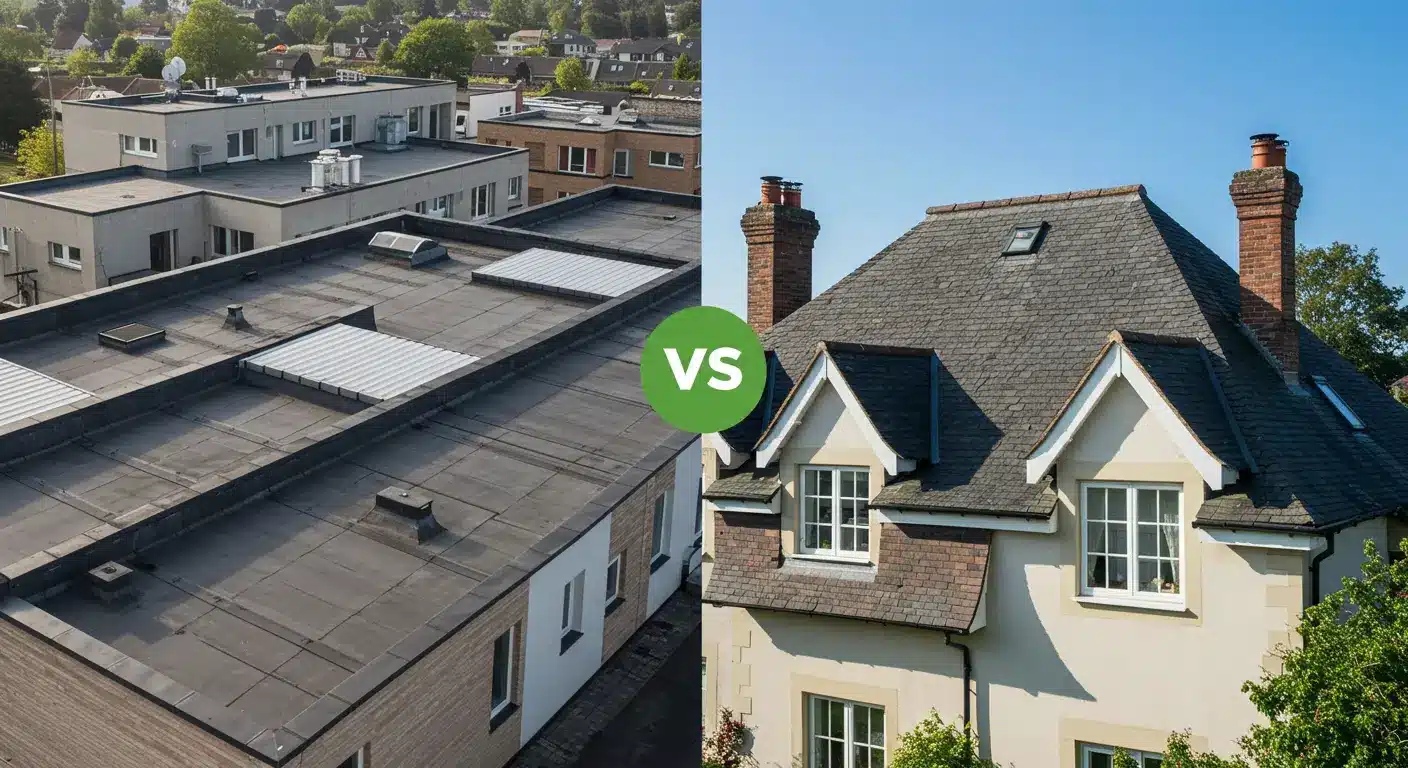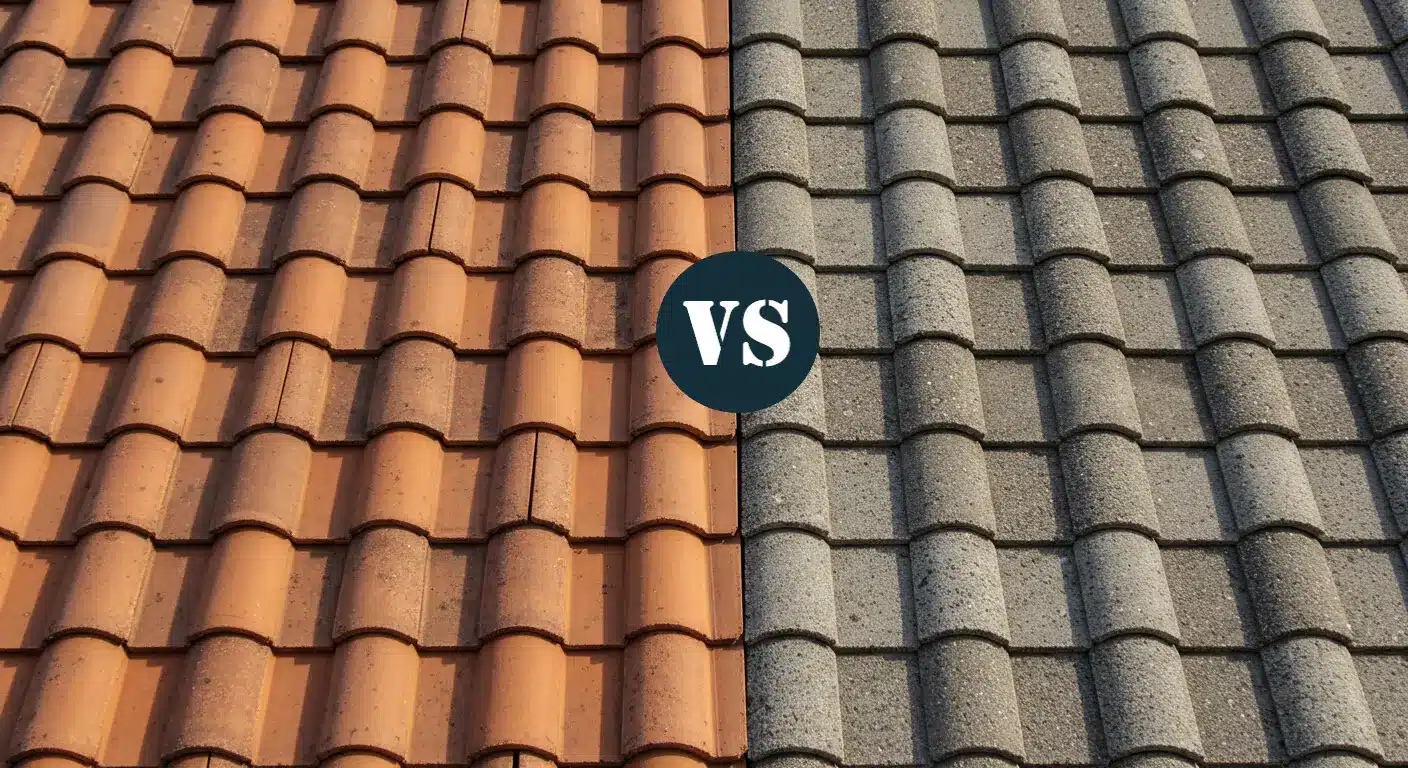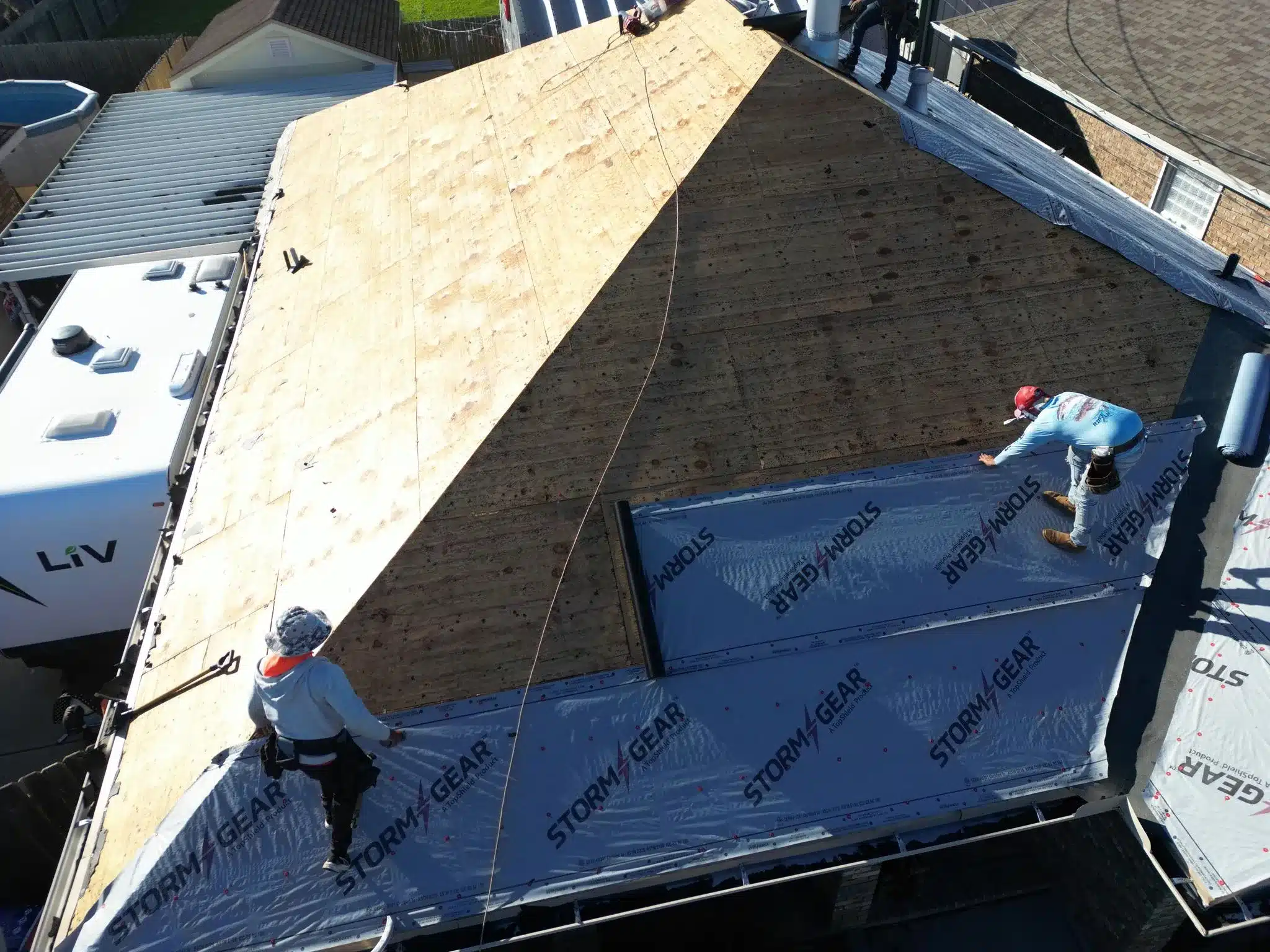Putting in a roof is a step that demands thoughtful preparation and weighing your options when it comes to materials and techniques to use in the process of installing one at home. For homeowners considering this task – the question arises: What are the pros and cons of putting metal roof over shingles The quick answer is yes! If specific conditions are met and adherence to construction regulations is ensured. Before making this decision, several aspects need consideration to determine if this method aligns with the needs of your property effectively.
Delving into the World of Metal Roofing on Top of Shingles
Metal roofs have gained popularity due to their build quality and ability to withstand weather conditions for extended periods of time. In areas around the globe an installed metal roof can endure for 40 to 70 years exceeding the typical lifespan of asphalt shingles by a significant margin. Furthermore metal roofs provide energy benefits as they reflect sunlight and aid in maintaining spaces cool, on hot days. Installing a metal roof over existing shingles can be appealing for homeowners looking to save on labor costs since there’s no need for a tear off or disposal of the shingles layer – making the installation process quicker and more convenient.
However certain queries do arise regarding the effectiveness of this approach, over time. In some cases, it is viable to place a metal roof directly above an existing layer of asphalt shingles. However this practice may not universally apply. Properties with two layers of shingles typically cannot accommodate a layer,due to building regulations mandating a complete removal when multiple layers exist. Furthermore homes, with issues,warpings and indications of water penetration usually necessitate a more extensive remedy. Although the concept of saving money and time sounds attractive, at glance; it is crucial to not focus on short term benefits but also take into account the long term durability of the roof system.
Key Aspects to Keep in Mind: Code and Compliance Requirements
In towns or counties there are regulations and standards related to roofing installations when it comes to adding new material over an existing roof structure said regulations primarily focus around limiting the number of layers allowed. Typically residents are allowed a maximum of two layers of roofing material once a structure already has two layers of shingles installed, adding an additional layer is usually not permitted. Adding a layer may be allowed by law in some places; however, certain areas have weight and structural guidelines to consider when combining an asphalt shingle layer with a metal roof. This could pose risks if the building isn’t designed to support it effectively.
These guidelines are in place for a purpose as they are designed to safeguard the well being and security of residents by ensuring that residences and buildings can withstand loads over time effectively. A roof is not responsible for supporting the weight of materials but also needs to withstand elements like snow buildup in colder regions. In regions such as Florida regulations on wind resistance are necessary to reduce the impact of hurricanes. When dealing with materials like asbestos shingles permits and removal protocols might be required which can add complexity to the project at hand. Before making any decisions regarding roof overlays, on your property it is recommended to consult with local building authorities to understand the regulations in place.
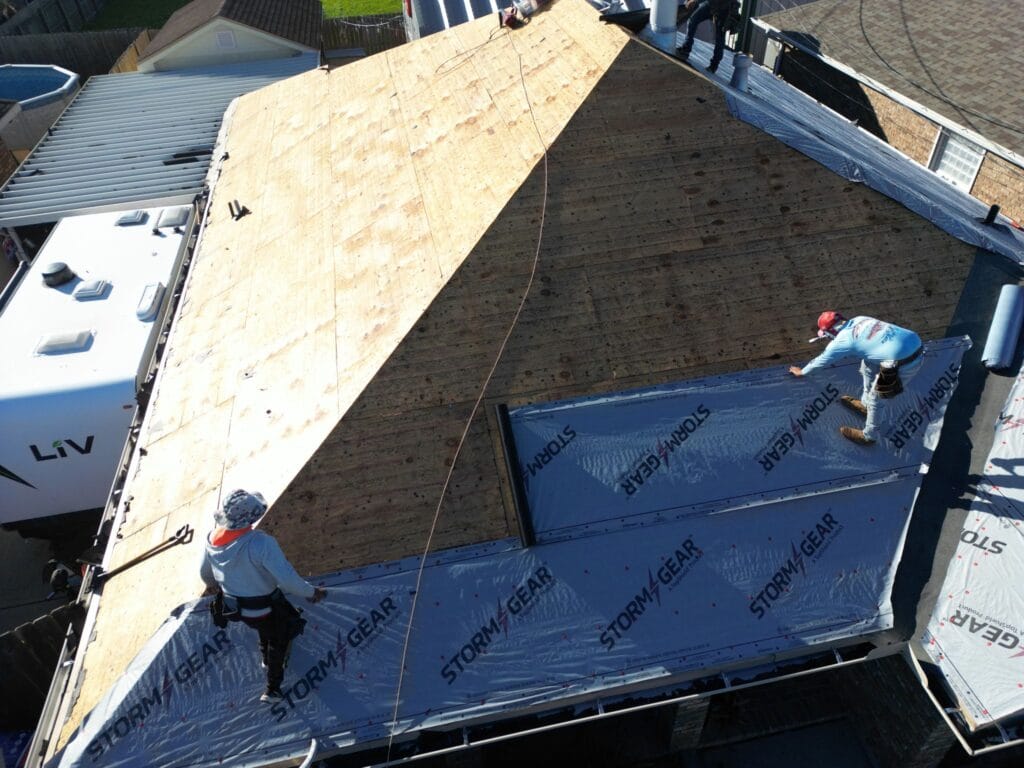
Concerns that may arise when adding metal on top of shingles
Installing metal roofing over existing shingles is doable but has some drawbacks that should be considered carefully. One major issue is the difficulty in checking or fixing the underlying roof deck without removing the shingles. Roofers won’t be able to assess if the deck has deteriorated or developed cracks without access. This could result in overlooked problems resurfacing later and arising the need for repairs.
One more thing to consider is the impact of adding metal roofing on top of existing asphalt shingles in terms of weight distribution. Although metal roofs are generally lighter compared to shingle materials, on the market the cumulative load could potentially strain the structural integrity of a house. In regions with snowfall the roof may have to support increased weight, over prolonged periods, which could eventually lead to wear and tear or even collapse. If the current shingles are twisted or raised in areas and not flat or smooth as they should be when viewed from a distance it might cause the metal panels to look wavy or uneven at times which can affect its look negatively and look unappealing visually aside, from that it may also lead to issues, with how the panels fit and seal together properly creating tiny spaces that water or moisture could seep into which isn’t ideal at all.
Inadequate ventilation and underlayment procedures can escalate moisture issues significantly when dealing with a metal roof laid over shingles directly—where warm and moist indoor air meets the undersides of metal panels creating a problem area for moisture to accumulate without proper airflow or venting mechanisms in place—resulting in mold growth and premature decay of wooden structures. It’s possible that your warranty could be affected if the company specifies that their metal panels need to be placed over a type of underlayment or if old shingles must be taken out for the warranty to stay effective not adhering to these instructions might lead homeowners to lose out on protection in case issues crop up.
Using underlayment is crucial when putting a metal roof over shingles as it acts as a shield against moisture and also provides insulation for temperature changes while offering a surface for installation ease. Many experts suggest opting for notch underlayment because of its longevity and ability to resist water and manage vapor effectively. When keeping the existing shingles intact during installation utilizing underlayment can help achieve a consistent surface. Depending on how you’re installing it this underlayment can be placed directly over the shingles. Sometimes in situations when installing metal roofs, a ventilation layer or a rainscreen system may be included using battens or a specific underlayment created for this purpose. This setup creates an air gap that enables moisture and hot air to dissipate.
This arrangement helps lower the chances of moisture buildup, on the side of the metal sheets which can pose problems in areas with temperature fluctuations; where cold evenings result in condensation forming on the metal surface due to moisture accumulation beneath it and, above the shingles if left undisturbed over time could degrade the materials used in construction; hence why many roofing professionals suggest incorporating a ventilated air space alongside a durable synthetic underlayment.
Addressing Condensation Issues and Effective Ventilation Approaches
When warm and humid air meets a surface, like a metal roof it can lead to condensation forming. Metal roofs are known to release heat during nighttime. The contrast in temperature inside and outside the building can result in hidden condensation that may go unnoticed for months until it starts causing harm. Over time the trapped moisture can encourage the growth of fungi, damage parts and weaken the structure of the roof. Having ventilation systems such as ridge vents or soffit vents can help address this problem by maintaining an airflow and enabling any extra moisture to disperse adequately.
Moreover it’s doubly important, in cases, to make sure that any existing vents remain unblocked and that new ventilation systems are seamlessly integrated for airflow efficiency. Some homeowners choose to install vents or attic fans to make up for the airflow that could occur when keeping the existing layer of shingles intact.
Difference Between Furring Strips and Direct Application
Many builders use furring strips to ensure a surface and proper ventilation, for metal roofing installation purposes. Some metal roof systems can be attached directly to the surface without the need, for furring strips. Sometimes it’s crucial to make sure that the current layer of shingles is even and sturdy, without any issues or damage.
During use cases or real life scenarios the selection of materials plays an even more crucial role and paying close attention to the specifics is key. Fasteners need to go through both the shingle layer and the underlying decking without causing any harm. If the current shingle surface is uneven, nails or screws might not fit in properly resulting in gaps that could potentially cause leaks. Due to these challenges many experts tend to opt for installing furring strips whenever possible. However for constructions such as sheds a direct installation approach can sometimes be successful if the initial condition of the roof is favorable.
Factors to Keep in Mind When Dealing with Sheds and Mobile Homes
Putting a metal roof over shingles on a shed follows guidelines as done for a house but on a smaller level in terms of size and complexity. A do it yourself method with preparation can usually work well due to the area involved. Homeowners typically measure the shed accurately. Inspect the shingle surface for any signs of damage, before proceeding to lay down an underlayment. They may also opt to include furring strips to enhance ventilation. Many sheds are designed to be lightweight and can typically support the weight of metal and shingles without issues; however it’s an idea to inspect the structure carefully to prevent potential problems down the line.
Mobile homes pose a dilemma because their roofs and overall structure can vary from stick built houses. It is essential to verify that the mobile home can handle the weight of a metal roof. Certain mobile homes are constructed to withstand loads, particularly older models. Regulations and standards for roofing homes locally may be more rigorous requiring owners to obtain permits or undergo inspections before moving forward. Times its recommended to remove the old shingles if there are any doubts about the structural strength.
Essential Guidelines, for Choosing an Overlay
If someone is still sure, about going with an overlay for their roof makeover plan they should take actions to set a foundation, for success. Firstly it’s crucial to check the shingles and structure. Any curled shingles, growth or past leaks need attention and any flaws should be fixed or replaced before putting in the metal roofing. Then make sure to confirm with construction authorities that the overlay complies with building codes concerning the permitted number of existing roof layers. Reach out to a roofing expert, for assistance, in addressing any concerns related to the load capacity of your roof well as proper ventilation and moisture control measures.
Selecting the metal roofing material can have an impact as well. There are installation instructions, for corrugated metal roofs and standing seam panels well as metal shingles; this includes considerations about whether it is advisable to apply them directly over asphalt shingles. Once the underlayment approach is decided upon and any required furring strips are installed accordingly the key lies in executing an installation method. Ensuring the alignment of panels maintaining overlaps and meticulously sealing all flashing areas are steps, in preventing leaks and achieving a polished appearance.
Top Reasons Why Lone Wolf Roofing Stands Out as the Go To Choice
If homeowners and property managers are thinking about installing a metal roof over shingles. It can be quite confusing and full of uncertainties! Fortunately for you, trusty contractors, like Lone Wolf Roofing have the experience and local know-how to help you out with all your questions and worries! Lone Wolf Roofing is your go to partner for roofing projects. They’ll assist you from the start of planning through to the inspection phase! Their team will carefully assess the condition of your roof to make sure there are no issues lurking beneath those shingles!Lone Wolf Roofing provides a guide, for properties that’re ideal for an overlay project by outlining each phase of the process including the underlayment method used and the specific type of metal roofing recommended along with ventilation solutions to address condensation issues.
When its necessary to replace the roof, for lasting outcomes Lone Wolf Roofing also offers evaluations of the overall benefit of such a decision. The company’s strategy is centered around matching solutions to a homeowners plan, timeline and desired performance outcomes. They provide assistance in managing construction permits, handling code inquiries and ensuring that all regulations are met in the end.
When partnering with Lone Wolf Roofing, for metal roof installation considerations arise about the benefits and potential issues of choosing metal over shingles. Such as managing condensation risks and ensuring durability under loads over time is vital for a lasting roof investment.
Wondering if it’s possible to install a metal roof over shingles? Lone Wolf Roofing’s team of experts is here to provide answers and dependable service you can count on. Homeowners don’t have to navigate the intricacies they can partner with a team that values quality workmanship, communication and meticulous attention to detail. Lone Wolf Roofing is committed to every project from start to finish ensuring quality even before the first panel is put in place and after the last piece of flashing is secured.
In the changing world of roofing choices today opting for a metal overlay can prove to be a budget decision, for many homeowners. However as with any renovation project it is crucial to assess the structural integrity of the house, ensure compliance with building regulations and adopt a strategic approach to address any potential challenges. So the next time you’re wondering: Can You Put a Metal Roof Over Shingles?; just team up with us! With their expert advice and precise implementation transforming a roof into a metal one can evolve from an intriguing idea into a long lasting reality.

